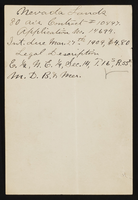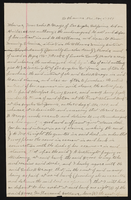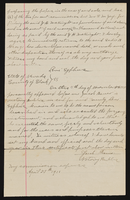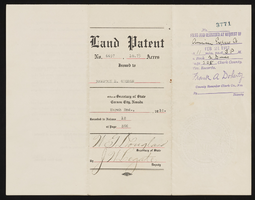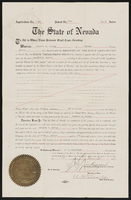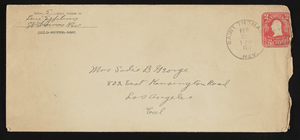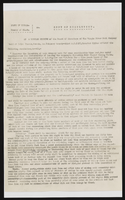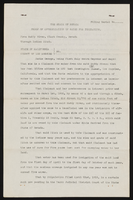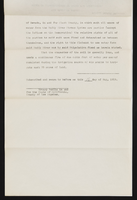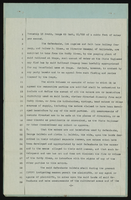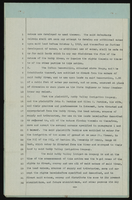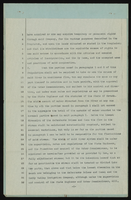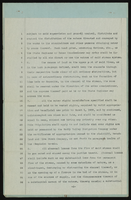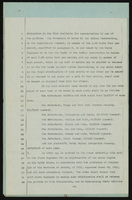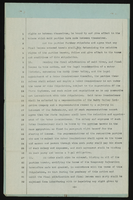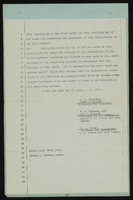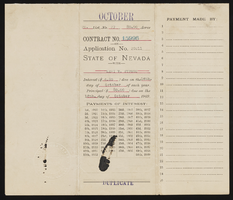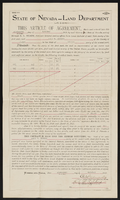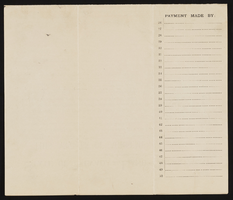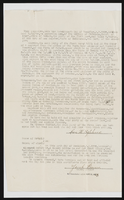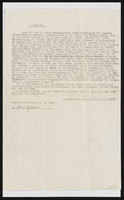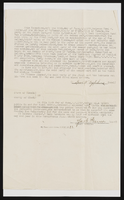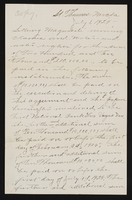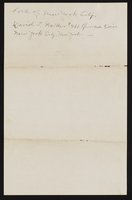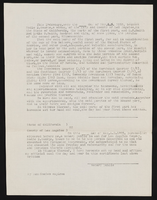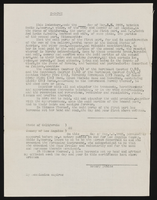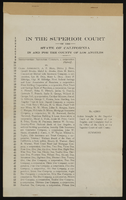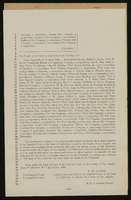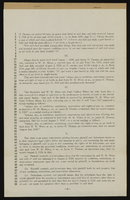Search the Special Collections and Archives Portal
Search Results
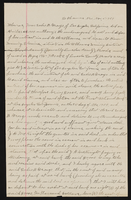
Authorization to sell mining interests
Date
1909-11-05
Archival Collection
Description
This folder is from "Legal Records" file of the Sadie and Hampton George Papers (MS-00434)
Text
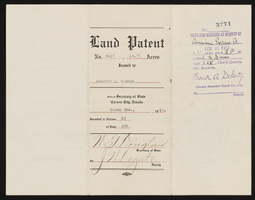
Land deed
Date
1910-03-01
Archival Collection
Description
This folder is from "Legal Records" file of the Sadie and Hampton George Papers (MS-00434)
Text
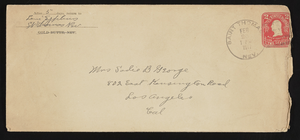
Copy of resolution: Board of Directors, Virginia River Salt Co.
Date
1917-02-23
Archival Collection
Description
This folder is from "Legal Records" file of the Sadie and Hampton George Papers (MS-00434)
Text
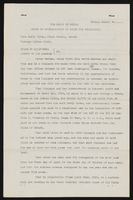
Proof of appropriation for water
Date
1919-05-16
Archival Collection
Description
This folder is from "Legal Records" file of the Sadie and Hampton George Papers (MS-00434)
Text
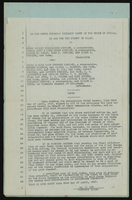
Legal notice of lawsuit
Date
1919-04-23
Archival Collection
Description
This folder is from "Legal Records" file of the Sadie and Hampton George Papers (MS-00434)
Text

State of Nev. Land Dept.: article of agreement
Date
1919-10-16
Archival Collection
Description
This folder is from "Legal Records" file of the Sadie and Hampton George Papers (MS-00434)
Text
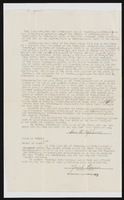
Land transaction
Date
1919-12-17
Archival Collection
Description
This folder is from "Legal Records" file of the Sadie and Hampton George Papers (MS-00434)
Text
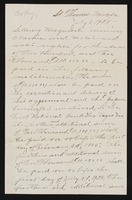
Agreement to sell mining claims and water rights
Date
1924-07-01
Archival Collection
Description
This folder is from "Legal Records" file of the Sadie and Hampton George Papers (MS-00434)
Text

Assignment of Levi Syphus
Date
1924-08-12
Archival Collection
Description
This folder is from "Legal Records" file of the Sadie and Hampton George Papers (MS-00434)
Text

Land title
Date
1925-03-07
Archival Collection
Description
This folder is from "Legal Records" file of the Sadie and Hampton George Papers (MS-00434)
Text
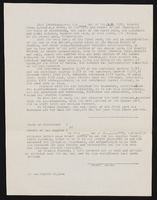
Unsigned real estate transaction
Date
1925-05
Archival Collection
Description
This folder is from "Legal Records" file of the Sadie and Hampton George Papers (MS-00434)
Text
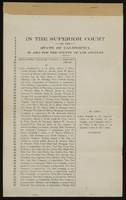
Superior Court of California summons
Date
1938-01-05
Archival Collection
Description
This folder is from "Legal Records" file of the Sadie and Hampton George Papers (MS-00434)
Text
Pagination
Refine my results
Content Type
Creator or Contributor
Subject
Archival Collection
Digital Project
Resource Type
Year
Material Type
Place
Language
Records Classification

